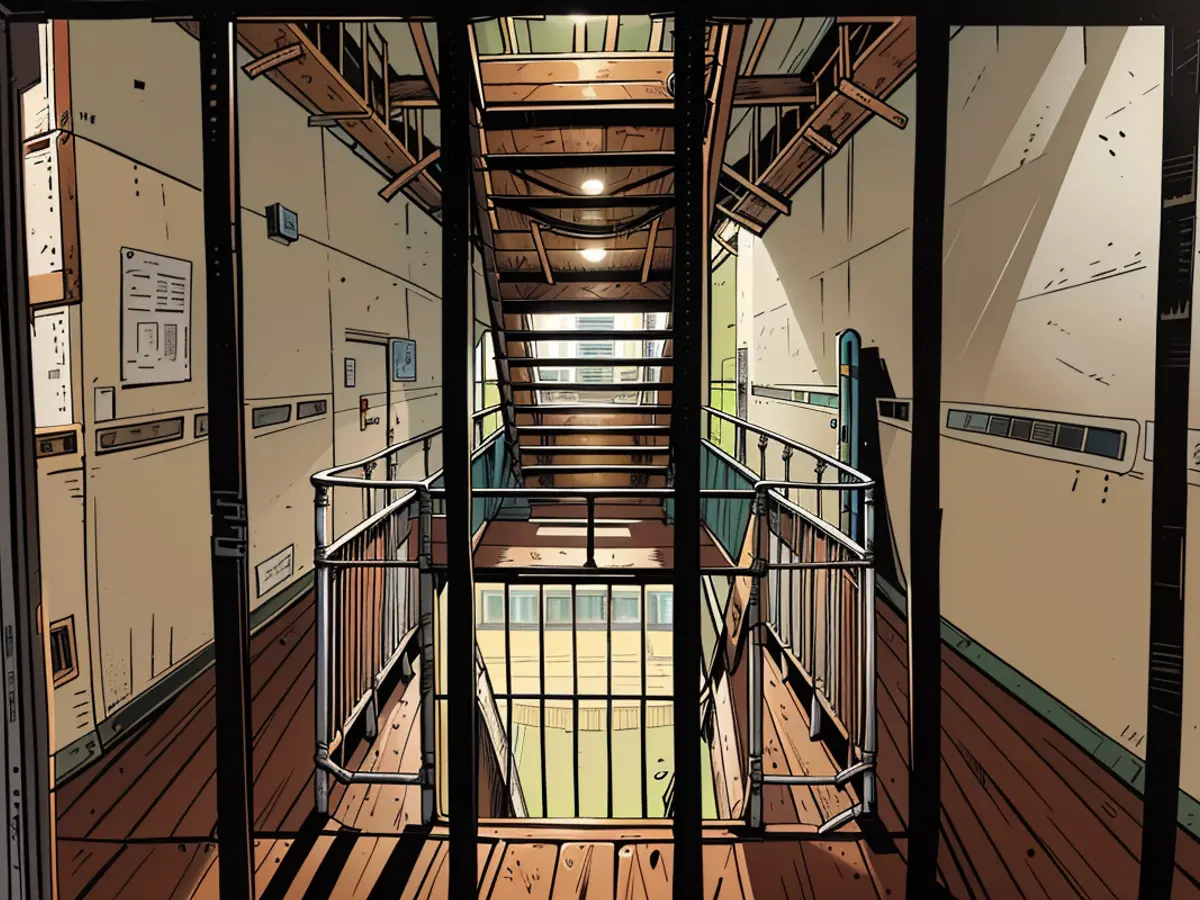DDR-History - Memorial commemorates politically incarcerated women in GDR
For decades, women who were imprisoned in the infamous Hoheneck women's prison in the DDR for political reasons have been fighting for a dignified memorial site. Now they have reached their goal. This is a site of national significance in Germany, said Federal President Frank-Walter Steinmeier at the opening.
"They were imprisoned because they wanted to live freely and self-determined," Steinmeier said, looking at the many women who were sentenced and imprisoned in the DDR for political reasons. Their fates needed to be seen and acknowledged throughout Germany. Steinmeier also reminded us that women in the prison were forced to work. Companies in West Germany profited from the cheap goods.
170 documented death cases
The former prison in Stollberg near Chemnitz is a symbol of inhumane detention conditions for women in the DDR. The former castle grounds served as a prison from 1864. From 1950 onwards, the DDR established its largest women's prison there, housing both men and women. Approximately 24,000 women were imprisoned there between 1950 and 1989, about 8,000 of them for political reasons. According to the memorial, at least 170 deaths occurred between 1945 and 1989.
Just like Brigitte Klopfer from Halberstadt. She fell ill with a brain hemorrhage in prison, but was diagnosed as a malingerer in the hospital and sent back to work. During a night shift, the 18-year-old collapsed and died a few days later.
Forced labor until exhaustion
Fear, denunciation, hunger, cold, and work until absolute exhaustion are associated with this place, said eyewitness Regina Labahn at the opening ceremony. The prison was severely overcrowded at times. It was designed to house about 600 inmates, but in the mid-1970s, there were around 1600 women imprisoned.
Regime opponents and republican refugees were labeled as hardened criminals and locked up to terrorize them. There were also dark and water cells. In 1953, imprisoned women staged a brief hunger strike to protest the poor conditions.
After reunification, the property was used as a detention center until 2001. A new owner initially wanted to set up a hotel with several restaurants. For the concern of victims' associations, overnight stays in the cells were to be offered as an attraction. The city of Stollberg bought the property in 2013, and since 2019, work has been underway on a new concept for a permanent exhibition and memorial site. According to the city, 34 million euros have been invested in the renovation.
Eyewitness: Like a holiday
"Hoheneck is a dark place in the lives of many women," said eyewitness Konstanze Helber. She had to serve a prison sentence for a flight attempt and was later released by the Federal Republic. "What happened to us here was stolen time, unjustly." And all of this just because they wanted to live differently than the DDR prescribed. The long-awaited opening of the memorial site was like a holiday for Helber.
Interested parties can take a look into the memorial and the new permanent exhibition on Friday (12. July). According to the city, it will regularly open for visitors in the middle of August.
- The fight for a dignified memorial site has been a long-standing endeavor for women who were imprisoned in Hoheneck due to political reasons in East Germany.
- Frank-Walter Steinmeier, the Federal President of Germany, acknowledged the significance of this site, stating that the fates of these women need to be seen and acknowledged throughout the country.
- The documented death cases numbered 170 between 1945 and 1989, a stark reminder of the inhumane conditions women endured in Hoheneck.
- Brigitte Klopfer from Halberstadt is one such victim; she passed away due to a brain hemorrhage while being imprisoned as a malingerer, despite her illness being misdiagnosed.
- The former prison in Stollberg, located near Chemnitz, served as a symbol of forced labor and inhumane detention conditions, with about 24,000 women imprisoned between 1950 and 1989, many of whom were political dissidents.
- Companies in Western Germany profited from the cheap goods produced by these women, perpetuating the use of forced labor until exhaustion.
- Regime opponents and republican refugees were subjected to cruel treatment and locked up to terrorize them, with some women even being kept in dark, water-filled cells.
- In a significant change, the city of Stollberg bought the property in 2013 and has invested 34 million euros into transforming it into a permanent exhibition and memorial site, providing a space for these women's stories to be preserved and shared with the public.








